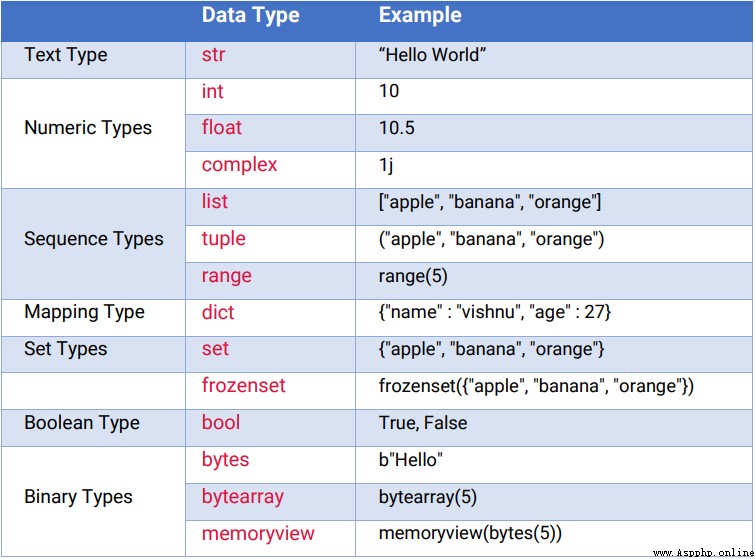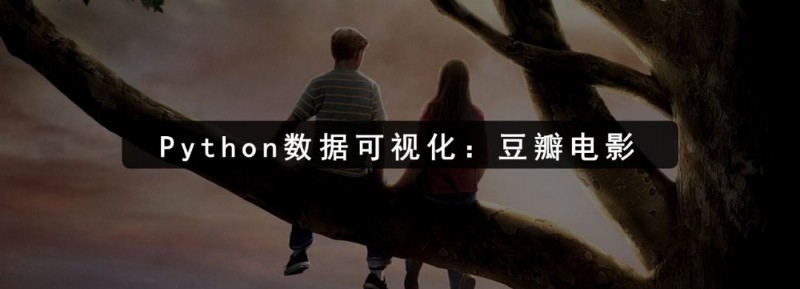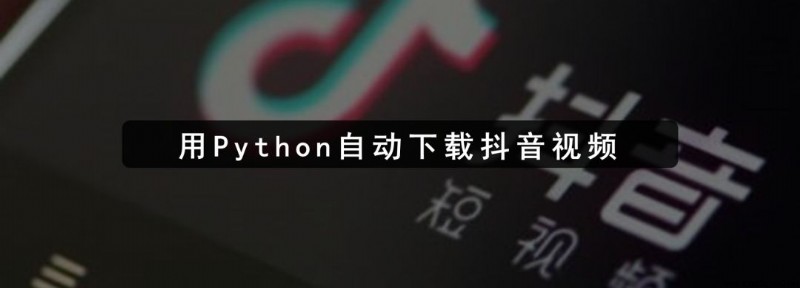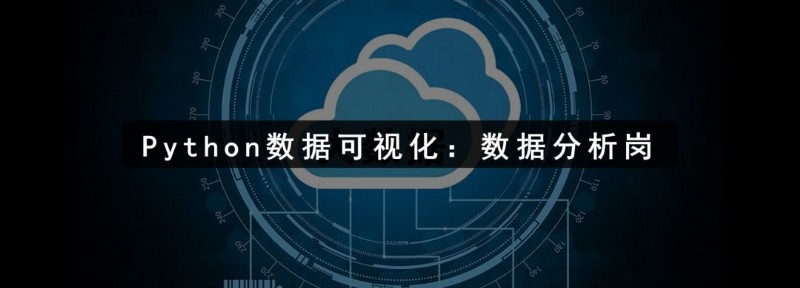
Hello everyone , I'm little F.
Python In the programming language popularity index PYPL Has ranked first for many times .
Because of its code readability and Simpler Syntax , It is considered the simplest language ever .
NumPy、Pandas、TensorFlow And so on AI And the richness of the machine learning library , yes Python One of the core requirements .
If you are a data scientist or AI/ Beginners of machine learning , that Python Is the right choice to start your journey .
This time , Small F Will take you to explore some Python Basic knowledge of programming , Simple but useful .
Catalog
data type
Variable
list
aggregate
Dictionaries
notes
Basic function
Conditional statements
Loop statement
function
exception handling
String manipulation
Regular expressions
▍1、 data type
Data types are data specifications that can be stored in variables . The interpreter allocates memory for variables according to their type .
Here is Python Various data types in .

▍2、 Variable
Variables are containers for storing data values .
Variables can have short names ( Such as x and y) Or a more descriptive name (age、carname、total_volume).
Python Variable naming rule :
Variable names must start with a letter or an underline character
Variable names cannot begin with numbers
Variable names can only contain alphanumeric characters and underscores (A-z、0-9 and _)
Variable names are case sensitive (age、Age and AGE There are three different variables )
var1 = 'Hello World'
var2 = 16
_unuseful = 'Single use variables' The output is as follows .

▍3、 list
list (List) Is an ordered and changeable collection , Allow duplicate members .
It may not be homogeneous , We can create one that contains different data types ( Such as integers 、 Strings and objects ) A list of .
>>> companies = ["apple","google","tcs","accenture"]
>>> print(companies)
['apple', 'google', 'tcs', 'accenture']
>>> companies.append("infosys")
>>> print(companies)
['apple', 'google', 'tcs', 'accenture', 'infosys']
>>> print(len(companies))
5
>>> print(companies[2])
tcs
>>> print(companies[-2])
accenture
>>> print(companies[1:])
['google', 'tcs', 'accenture', 'infosys']
>>> print(companies[:1])
['apple']
>>> print(companies[1:3])
['google', 'tcs']
>>> companies.remove("infosys")
>>> print(companies)
["apple","google","tcs","accenture"]
>>> companies.pop()
>>> print(companies)
["apple","google","tcs"]▍4、 aggregate
aggregate (Set) Is an unordered and indexed collection , There are no duplicate members .
Useful for removing duplicate entries from a list . It also supports various mathematical operations , For example, Union 、 Intersection and difference .
>>> set1 = {1,2,3,7,8,9,3,8,1}
>>> print(set1)
{1, 2, 3, 7, 8, 9}
>>> set1.add(5)
>>> set1.remove(9)
>>> print(set1)
{1, 2, 3, 5, 7, 8}
>>> set2 = {1,2,6,4,2}
>>> print(set2)
{1, 2, 4, 6}
>>> print(set1.union(set2)) # set1 | set2
{1, 2, 3, 4, 5, 6, 7, 8}
>>> print(set1.intersection(set2)) # set1 & set2
{1, 2}
>>> print(set1.difference(set2)) # set1 - set2
{8, 3, 5, 7}
>>> print(set2.difference(set1)) # set2 - set1
{4, 6}▍5、 Dictionaries
A dictionary is a collection of variable unordered items as key value pairs .
Unlike other data types , It uses 【 key : value 】 Save data for format , Instead of storing a single piece of data . This feature makes it a mapping JSON The best data structure for response .
>>> # example 1
>>> user = { 'username': 'Fan', 'age': 20, 'mail_id': '[email protected]', 'phone': '18650886088' }
>>> print(user)
{'mail_id': '[email protected]', 'age': 20, 'username': 'Fan', 'phone': '18650886088'}
>>> print(user['age'])
20
>>> for key in user.keys():
>>> print(key)
mail_id
age
username
phone
>>> for value in user.values():
>>> print(value)
[email protected]
20
Fan
18650886088
>>> for item in user.items():
>>> print(item)
('mail_id', '[email protected]')
('age', 20)
('username', 'Fan')
('phone', '18650886088')
>>> # example 2
>>> user = {
>>> 'username': "Fan",
>>> 'social_media': [
>>> {
>>> 'name': "Linkedin",
>>> 'url': "https://www.linkedin.com/in/codemaker2022"
>>> },
>>> {
>>> 'name': "Github",
>>> 'url': "https://github.com/codemaker2022"
>>> },
>>> {
>>> 'name': "QQ",
>>> 'url': "https://codemaker2022.qq.com"
>>> }
>>> ],
>>> 'contact': [
>>> {
>>> 'mail': [
>>> "[email protected]",
>>> "[email protected]"
>>> ],
>>> 'phone': "18650886088"
>>> }
>>> ]
>>> }
>>> print(user)
{'username': 'Fan', 'social_media': [{'url': 'https://www.linkedin.com/in/codemaker2022', 'name': 'Linkedin'}, {'url': 'https://github.com/codemaker2022', 'name': 'Github'}, {'url': 'https://codemaker2022.qq.com', 'name': 'QQ'}], 'contact': [{'phone': '18650886088', 'mail': ['[email protected]', '[email protected]']}]}
>>> print(user['social_media'][0]['url'])
https://www.linkedin.com/in/codemaker2022
>>> print(user['contact'])
[{'phone': '18650886088', 'mail': ['[email protected]', '[email protected]']}]▍6、 notes
Single-line comments , In pound characters (#) start , It is followed by a message and ends at the end of the line .
# Define user age
age = 27
dob = '16/12/1994' # Define the user's birthday Multiline comment , Use special quotation marks (""") Cover up , You can put messages on multiple lines .
"""
Python Common sense
This is a multi line comment
"""▍7、 Basic function
print() Function to print the provided message in the console . In addition, you can provide file or buffer input as parameters for printing on the screen .
print(object(s), sep=separator, end=end, file=file, flush=flush)
print("Hello World") # prints Hello World
print("Hello", "World") # prints Hello World?
x = ("AA", "BB", "CC")
print(x) # prints ('AA', 'BB', 'CC')
print("Hello", "World", sep="---") # prints Hello---Worldinput() The function is used to collect user input from the console .
Here we need to pay attention to ,input() Will convert anything you enter into a string .
therefore , If you provide age as an integer value , but input() Method returns it as a string , At this point, you need to manually convert it to an integer .
>>> name = input("Enter your name: ")
Enter your name: Codemaker
>>> print("Hello", name)
Hello Codemakerlen() You can view the length of the object . If you enter a string , You can get the number of characters in the specified string .
>>> str1 = "Hello World"
>>> print("The length of the string is ", len(str1))
The length of the string is 11str() Used to convert other data types to string values .
>>> str(123)
123
>>> str(3.14)
3.14int() Used to convert a string to an integer .
>>> int("123")
123
>>> int(3.14)
3▍8、 Conditional statements
Conditional statements are blocks of code that are used to change the flow of a program based on specific conditions . These statements are executed only if certain conditions are met .
stay Python in , We use if,if-else, loop (for,while) As a conditional statement, change the flow of a program according to certain conditions .
if-else sentence .
>>> num = 5
>>> if (num > 0):
>>> print("Positive integer")
>>> else:
>>> print("Negative integer")elif sentence .
>>> name = 'admin'
>>> if name == 'User1':
>>> print('Only read access')
>>> elif name == 'admin':
>>> print('Having read and write access')
>>> else:
>>> print('Invalid user')
Having read and write access▍9、 Loop statement
A loop is a conditional statement , Used to repeat certain statements ( In its body ), Until a condition is met .
stay Python in , We usually use for and while loop .
for loop .
>>> # loop through a list
>>> companies = ["apple", "google", "tcs"]
>>> for x in companies:
>>> print(x)
apple
google
tcs
>>> # loop through string
>>> for x in "TCS":
>>> print(x)
T
C
Srange() Function returns a sequence of numbers , It can be used as for Cycle control .
It basically requires three parameters , The second and third are optional . The parameter is the starting value 、 Stop value and number of steps . The number of steps is the increment value of the loop variable for each iteration .
>>> # loop with range() function
>>> for x in range(5):
>>> print(x)
0
1
2
3
4
>>> for x in range(2, 5):
>>> print(x)
2
3
4
>>> for x in range(2, 10, 3):
>>> print(x)
2
5
8We can also use else Keyword executes some statements at the end of the loop .
Provide... At the end of the loop else Statement and the statement to be executed at the end of the loop .
>>> for x in range(5):
>>> print(x)
>>> else:
>>> print("finished")
0
1
2
3
4
finishedwhile loop .
>>> count = 0
>>> while (count < 5):
>>> print(count)
>>> count = count + 1
0
1
2
3
4We can do it in while The end of the loop uses else, Be similar to for loop , Execute some statements when the condition is false .
>>> count = 0
>>> while (count < 5):
>>> print(count)
>>> count = count + 1
>>> else:
>>> print("Count is greater than 4")
0
1
2
3
4
Count is greater than 4▍10、 function
Functions are reusable blocks of code for performing tasks . Implement modularity in code and make code reusable , This is very useful .
>>> # This prints a passed string into this function
>>> def display(str):
>>> print(str)
>>> return
>>> display("Hello World")
Hello World▍11、 exception handling
Even if the statement is grammatically correct , It may also have errors during execution . These types of errors are called exceptions . We can use exception handling mechanisms to avoid such problems .
stay Python in , We use try,except and finally Keyword to implement exception handling in code .
>>> def divider(num1, num2):
>>> try:
>>> return num1 / num2
>>> except ZeroDivisionError as e:
>>> print('Error: Invalid argument: {}'.format(e))
>>> finally:
>>> print("finished")
>>>
>>> print(divider(2,1))
>>> print(divider(2,0))
finished
2.0
Error: Invalid argument: division by zero
finished
None▍12、 String manipulation
Strings are in single or double quotation marks (',") Enclosed character set .
We can use built-in methods to perform various operations on strings , If connected 、 section 、 trim 、 reverse 、 Case change and formatting , Such as split()、lower()、upper()、endswith()、join() and ljust()、rjust()、format().
>>> msg = 'Hello World'
>>> print(msg)
Hello World
>>> print(msg[1])
e
>>> print(msg[-1])
d
>>> print(msg[:1])
H
>>> print(msg[1:])
ello World
>>> print(msg[:-1])
Hello Worl
>>> print(msg[::-1])
dlroW olleH
>>> print(msg[1:5])
ello
>>> print(msg.upper())
HELLO WORLD
>>> print(msg.lower())
hello world
>>> print(msg.startswith('Hello'))
True
>>> print(msg.endswith('World'))
True
>>> print(', '.join(['Hello', 'World', '2022']))
Hello, World, 2022
>>> print(' '.join(['Hello', 'World', '2022']))
Hello World 2022
>>> print("Hello World 2022".split())
['Hello', 'World', '2022']
>>> print("Hello World 2022".rjust(25, '-'))
---------Hello World 2022
>>> print("Hello World 2022".ljust(25, '*'))
Hello World 2022*********
>>> print("Hello World 2022".center(25, '#'))
#####Hello World 2022####
>>> name = "Codemaker"
>>> print("Hello %s" % name)
Hello Codemaker
>>> print("Hello {}".format(name))
Hello Codemaker
>>> print("Hello {0}{1}".format(name, "2022"))
Hello Codemaker2022▍13、 Regular expressions
Import regex modular ,import re.
re.compile() Use this function to create a Regex object .
Pass the search string to search() Method .
call group() Method returns the matching text .
>>> import re
>>> phone_num_regex = re.compile(r'\d\d\d-\d\d\d-\d\d\d\d')
>>> mob = phone_num_regex.search('My number is 996-190-7453.')
>>> print('Phone number found: {}'.format(mob.group()))
Phone number found: 996-190-7453
>>> phone_num_regex = re.compile(r'^\d+$')
>>> is_valid = phone_num_regex.search('+919961907453.') is None
>>> print(is_valid)
True
>>> at_regex = re.compile(r'.at')
>>> strs = at_regex.findall('The cat in the hat sat on the mat.')
>>> print(strs)
['cat', 'hat', 'sat', 'mat']Okay , This is the end of this issue , If you are interested, you can learn by yourself .
All rivers and mountains are always in love , Order one OK? .
Recommended reading



··· END ···
